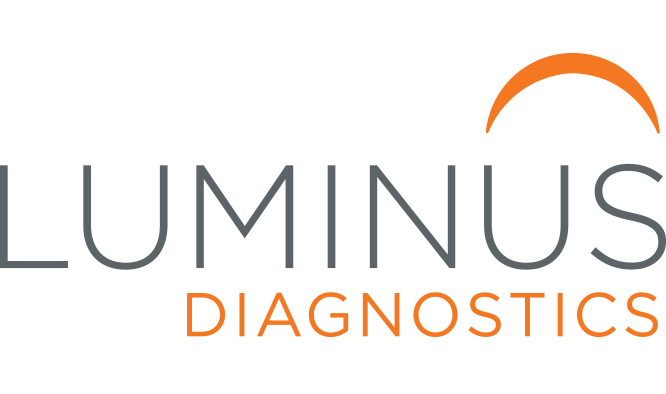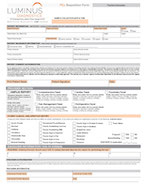A PATIENT VIGNETTE | 66 Year Old AA Female
66-year-old AA female with h/o DM, HTN, Depression, Anxiety, Insomnia, PVD with recent serious skin structure infection and PEDIS score of 7 ( https://www.mdcalc.com/pedis-score-diabetic-foot-ulcers ).
Patient was placed on methicillin empirically for wound infection. PathDNA testing was performed using E-swab in Amies solution and sent to the lab for 24 hour turn around. Report indicates S. aureus and mecA gene positive for a diagnosis of MRSA. For this reason, empiric antibiotic regimen was changed immediately from methicillin to ertapenem.
At the same visit patient underwent pharmacogenetic testing of CYP450 pathways using LuminusLive HIPPA compliant portal for AI based bio-informatics. Several medications were flagged for genetic influences and poor metabolism, anti-cholinergic burden score was computed and seen to be in high risk category. (1) A large number of drug to drug interactions and black box warnings were observed.
The patient’s regimen was then altered using the alternative medications function to assess efficacy of medication changes virtually before implementing in the clinical setting. The goal was to reduce the patient’s overall risk score from the current regimen.
During this analysis, the provider could see the various risks by hovering over the colored risk bar. In addition to that, during the alternative medication analysis, the provider could see the current market pricing of each drug considered and is given recommendations for medication changes by AI driven scraping of over 6000 sources updated twice daily along with live market pricing of pharmaceuticals.
The provider can use this data in any PA process for a new medication for the patient and can also be cost conscious in medication selections overall. The HIPPA compliant portal is available to the patient and their providers for the life of the patient. It’s portability is a critical benefit to seamless information transfer between providers and for any emergent conditions where internet access is available.
In conclusion, care was tailored to the specific variables for this patient’s genetic make-up and current medical regimen. The rapid turn-around of PathDNA WOUND allowed for an effective treatment course of antibiotic. The use of LuminusLive was able to significantly reduce the patient’s overall risk and increase efficacy of medications for this patient. This includes management of the patient’s anti- cholinergic burden, reduction of any genetic influences, and drug to drug interactions. Use of personalized medicine greatly impacted patient outcome in this scenario.
(1) Myint, PK., Fox, GC., Kwok, CS., Luben, RN., Wareham, NJ., & Khaw, KT. (2014). Total anticholinergic burden and risk of mortality and cardiovascular disease over 10 years in 21,636 middle and older aged men and women of the EPIC-Norfolk prospective population study. Age and Ageing, (In press).


